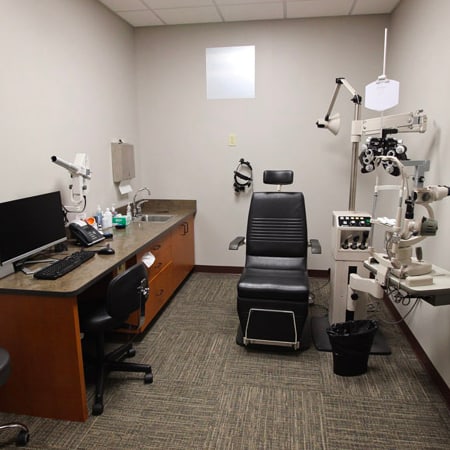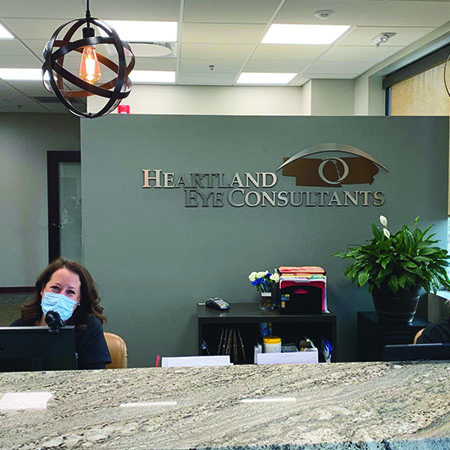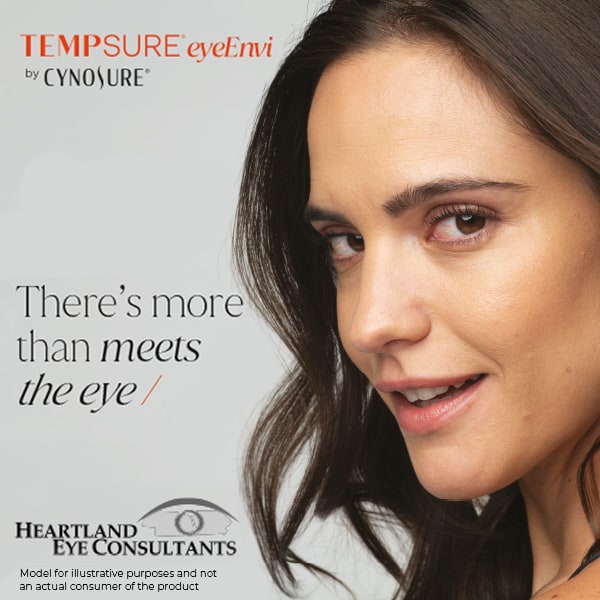Eye strain, often referred to as digital eye strain or computer vision syndrome, is an eye condition that can affect the eye health of many office workers, students, and digital nomads. The hours spent staring at screens, whether for work, study, or leisure, can leave our eyes feeling fatigued, dry, and uncomfortable.
But can eye strain actually lead to headaches? The short answer is yes. Read on to learn how these 2 are connected and what you can do to prevent discomfort.
What Is Eye Strain?
Eye strain occurs when your eyes become fatigued from prolonged or intense use, often due to focusing on a single activity for too long. Common activities that contribute to eye strain include reading for hours without breaks, driving long distances, or spending extended periods staring at digital screens like computers, smartphones, or tablets.
These activities can overwork the eyes, leading to discomfort and symptoms such as headaches, blurred vision, dry eyes, or difficulty concentrating. Regular breaks and following the 20-20-20 rule can help reduce eye strain and maintain eye health.
One of the most common complaints linked to eye strain is headaches, a symptom that is especially prevalent in individuals spending hours in front of screens.
How Does Eye Strain Trigger Headaches?
Eye strain-induced headaches can typically be caused by muscle fatigue. When you focus on a screen or a specific task for long durations, the tiny muscles in your eyes work harder to maintain focus. This overexertion can lead to tension in the muscles around the eyes, forehead, and temples, creating a headache.
Another contributing factor is the blue light emitted by screens. Prolonged exposure to blue light can disrupt your natural sleep cycle and exacerbate eye strain, further increasing the likelihood of developing headaches.
For those with uncorrected vision problems, such as astigmatism or farsightedness, the strain to focus becomes even more pronounced, often leading to frequent headaches. Individuals with incorrect prescription glasses may face a similar issue.
Who Is at Risk?
This connection between eye strain and headaches particularly affects:
- Office workers: Spending long hours working on computers without proper breaks can lead to issues like eye strain, poor posture, and fatigue, especially in environments lacking ergonomic setups.
- Students: Studying for extended periods under unsuitable lighting or staring at screens for online learning often results in discomfort, reduced focus, and even long-term health concerns like back pain or digital eye strain.
- Digital nomads: Frequently using portable devices in varying environments, such as cafes or co-working spaces, which may not be ergonomically friendly, can create challenges like neck pain, muscle tension, and reduced productivity over time.
If you belong to any of these groups, you’re especially prone to experiencing these symptoms.

How to Prevent Eye Strain & Headaches
The good news is, there are several effective ways to minimize eye strain and its related headaches. Here’s what you can do:
1. Follow the 20-20-20 Rule
Every 20 minutes, take a 20-second break to look at something 20 feet away. This helps relax your eye muscles and reduce overstimulation.
2. Adjust Your Screen Setup
Make sure your monitor is positioned an arm’s length away from your eyes and the top of the screen is slightly below eye level. Reduce monitor glare by using an anti-glare screen protector or repositioning your screen to avoid direct light reflection.
3. Use Proper Lighting
Ensure your workspace is well-lit but not overly bright. Avoid working in dim lighting, which forces your eyes to make extra effort to focus.
4. Invest in Blue Light Glasses
Blue light-blocking glasses can reduce exposure to blue light from screens. While blue light may not affect your eye health directly, it can be beneficial to reduce blue light exposure in the evenings to promote better sleep.
5. Blink Often & Stay Hydrated
Frequent blinking replenishes moisture in your eyes, alleviating dryness. Drinking water can also help not only your overall health but your eyes specifically.
6. Get Regular Eye Exams
Many people don’t realize their symptoms may stem from incorrect prescriptions or undiagnosed vision problems. Regular visits to an optometrist can help identify issues early and prevent strain.
When to Seek Professional Help
If you’re frequently experiencing headaches after screen use, even after implementing preventive measures, it may be time to consult an eye doctor. Persistent headaches or severe symptoms may indicate underlying issues, such as uncorrected vision problems or deeper ocular health concerns.
Heartland Eye Consultants offers a range of eye care services, including dry eye therapy, vision therapy, and ocular disease management. Our team is dedicated to helping you tackle eye strain and its related concerns.
Take Action for Better Eye Health
Your eyes work hard every day, and they deserve care and attention. Preventing eye strain and managing its symptoms can make a world of difference in your productivity and overall well-being. If you’re ready to enhance your eye health, consider scheduling an appointment with Heartland Eye Consultants. Visit us today and take the first step toward clearer vision and fewer headaches.





























